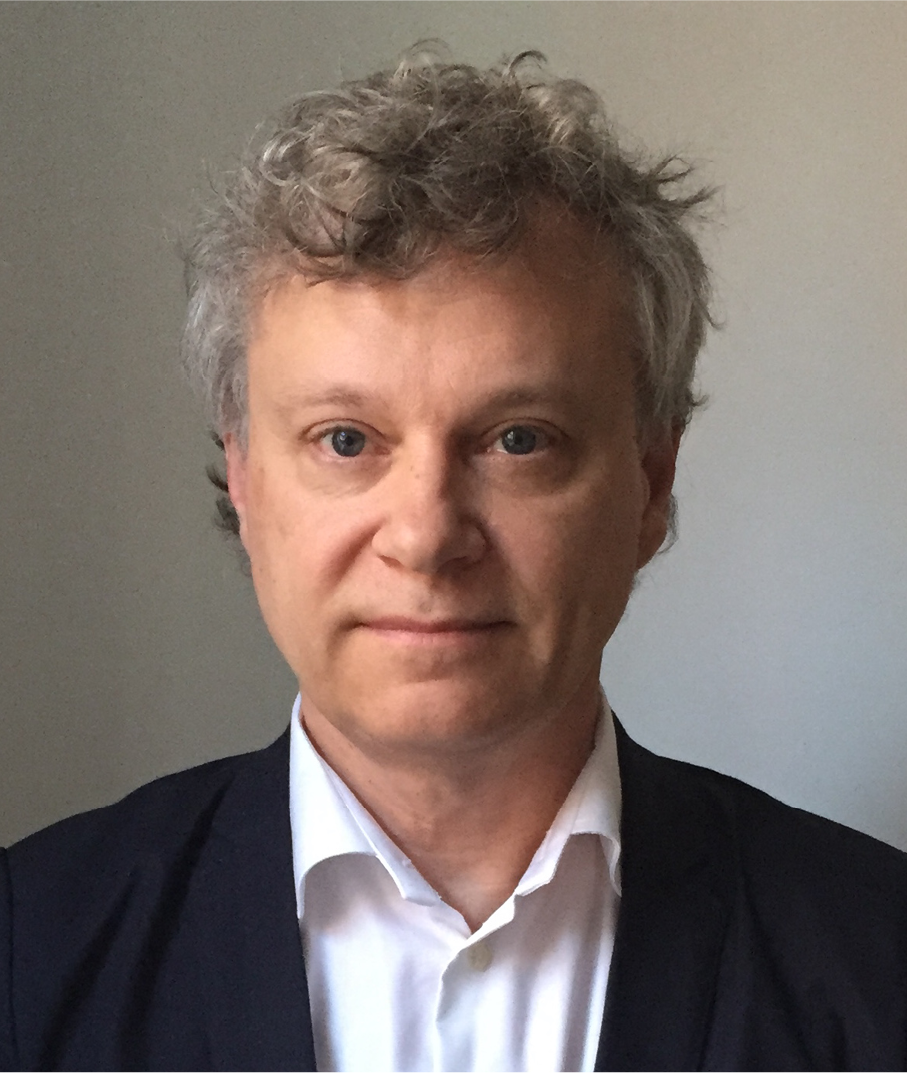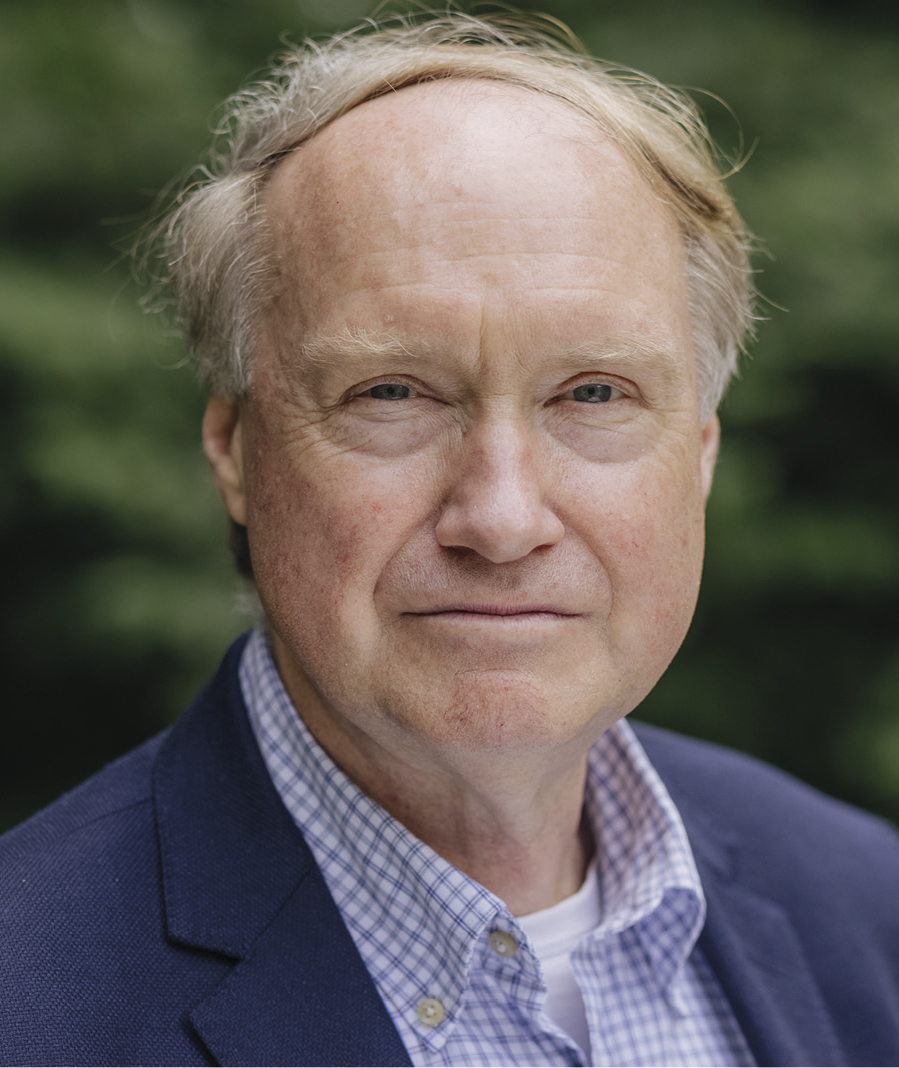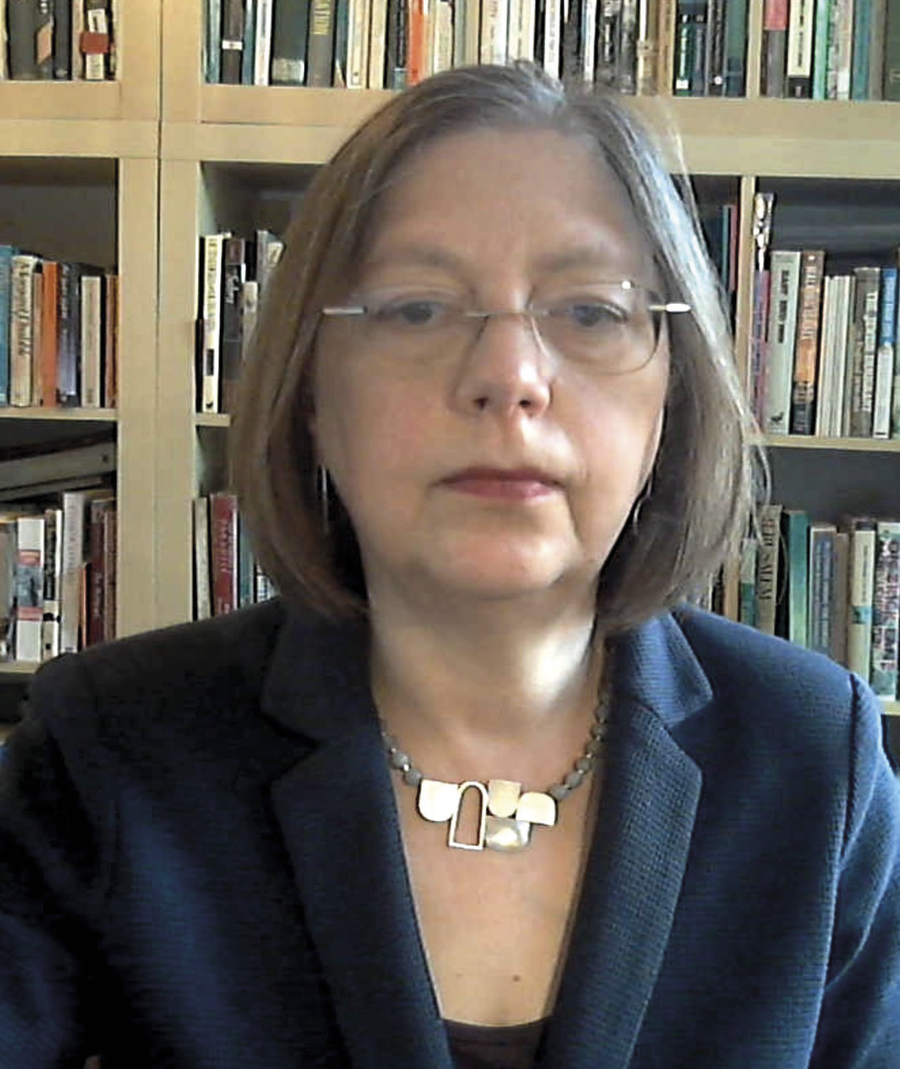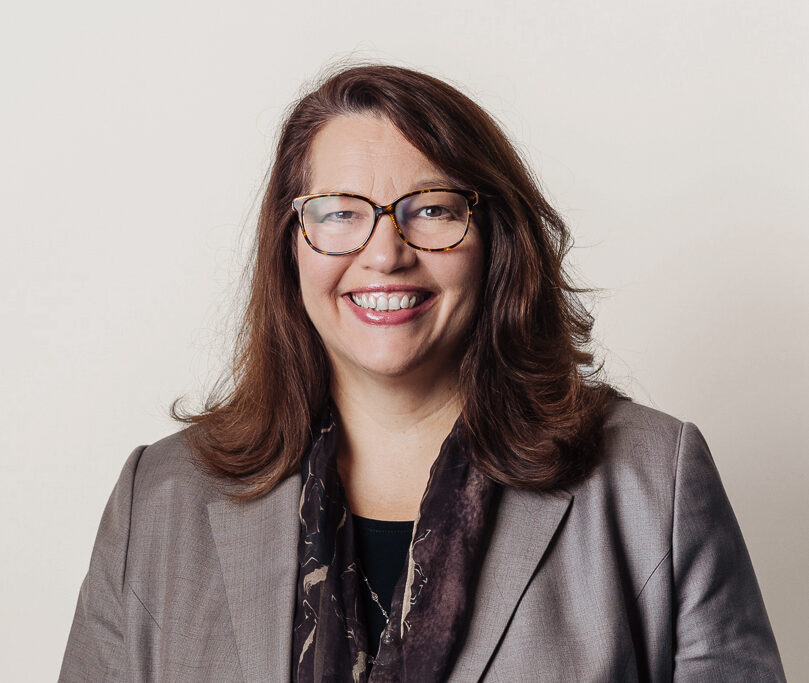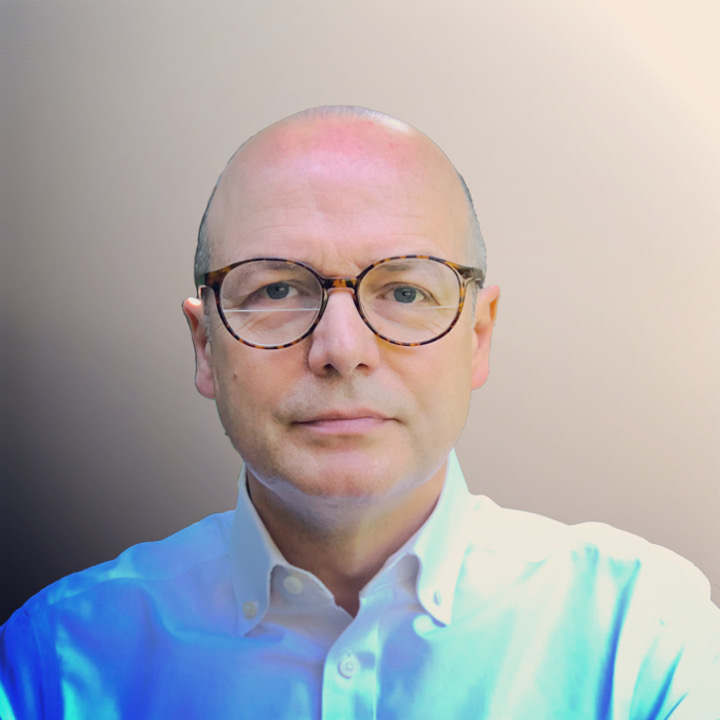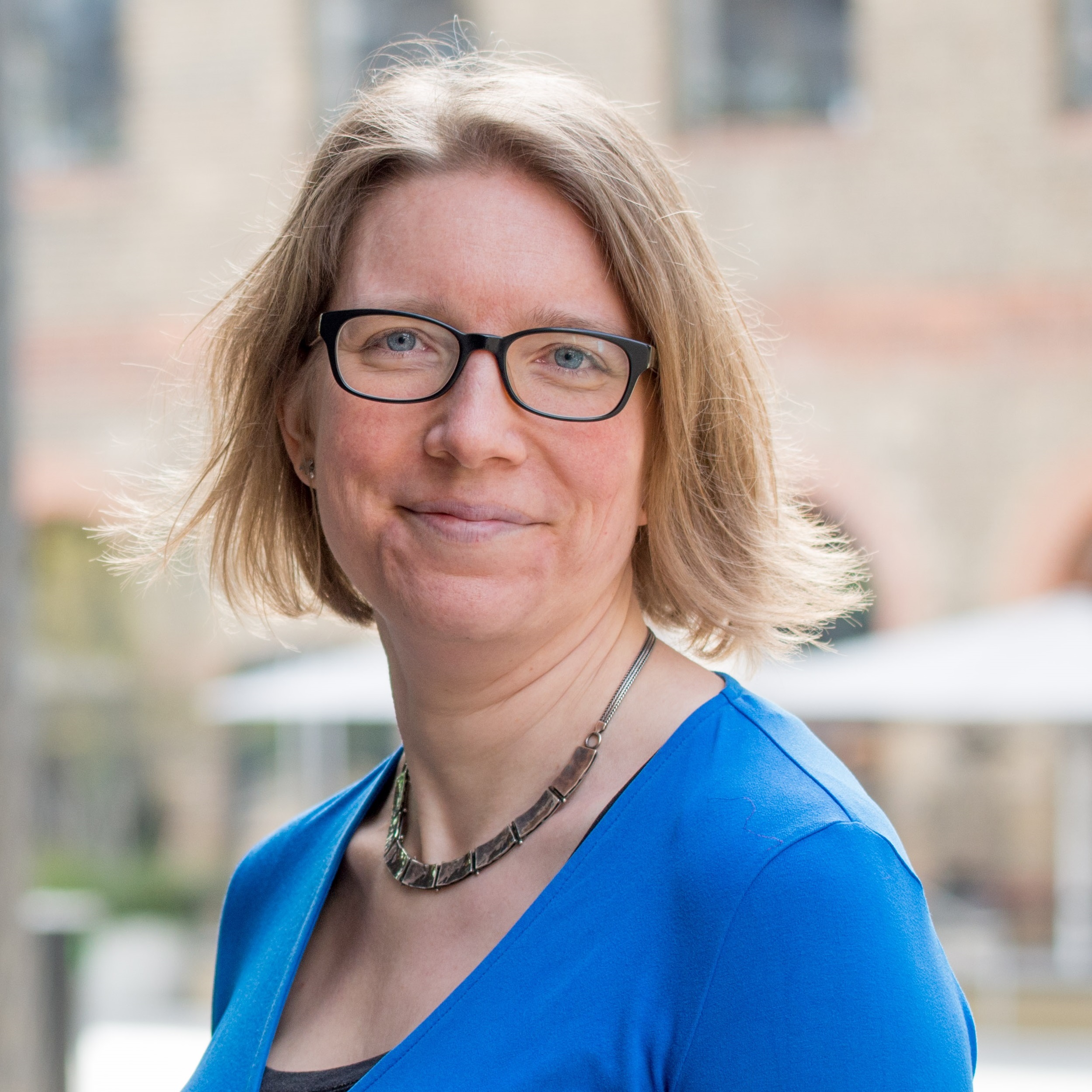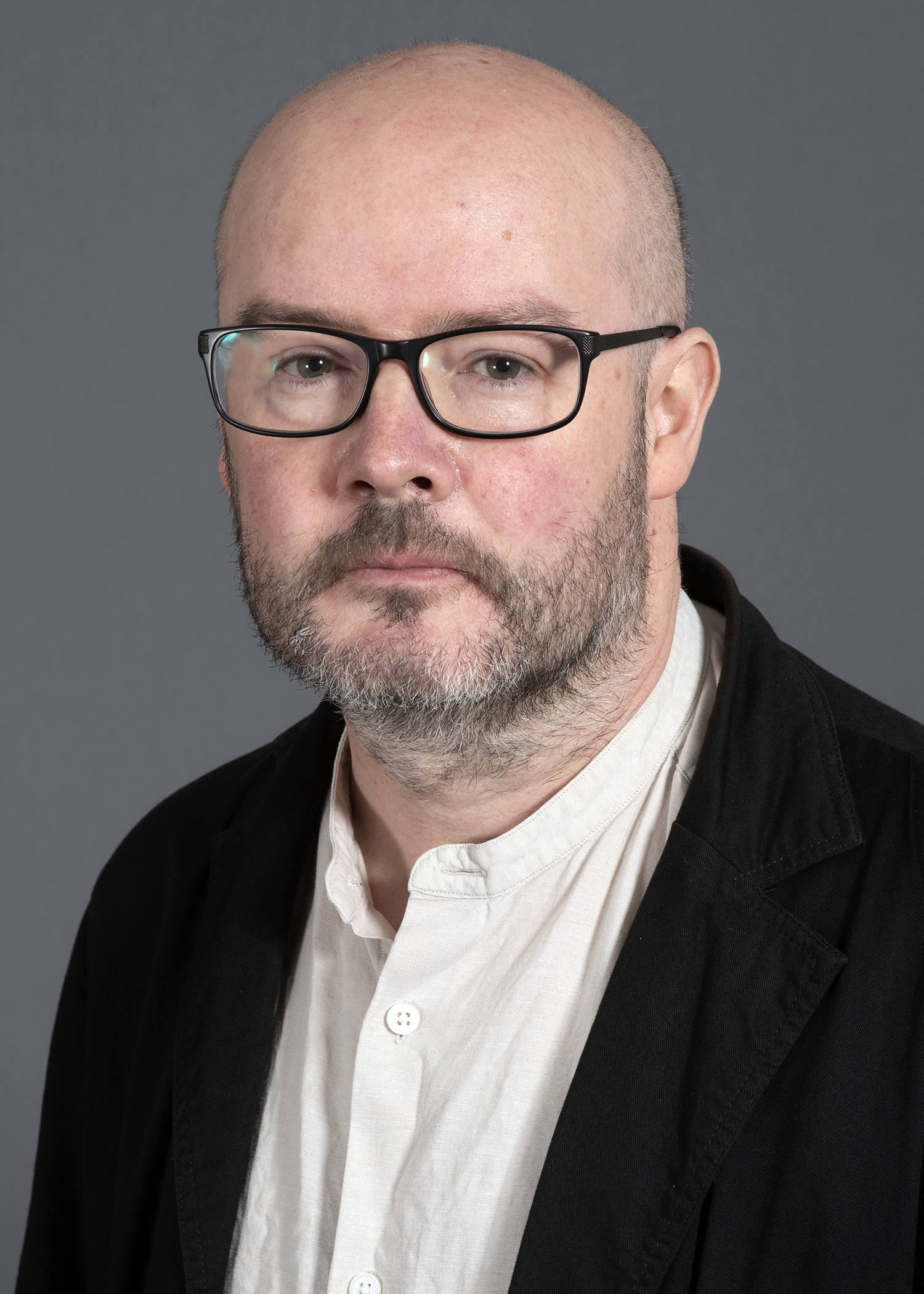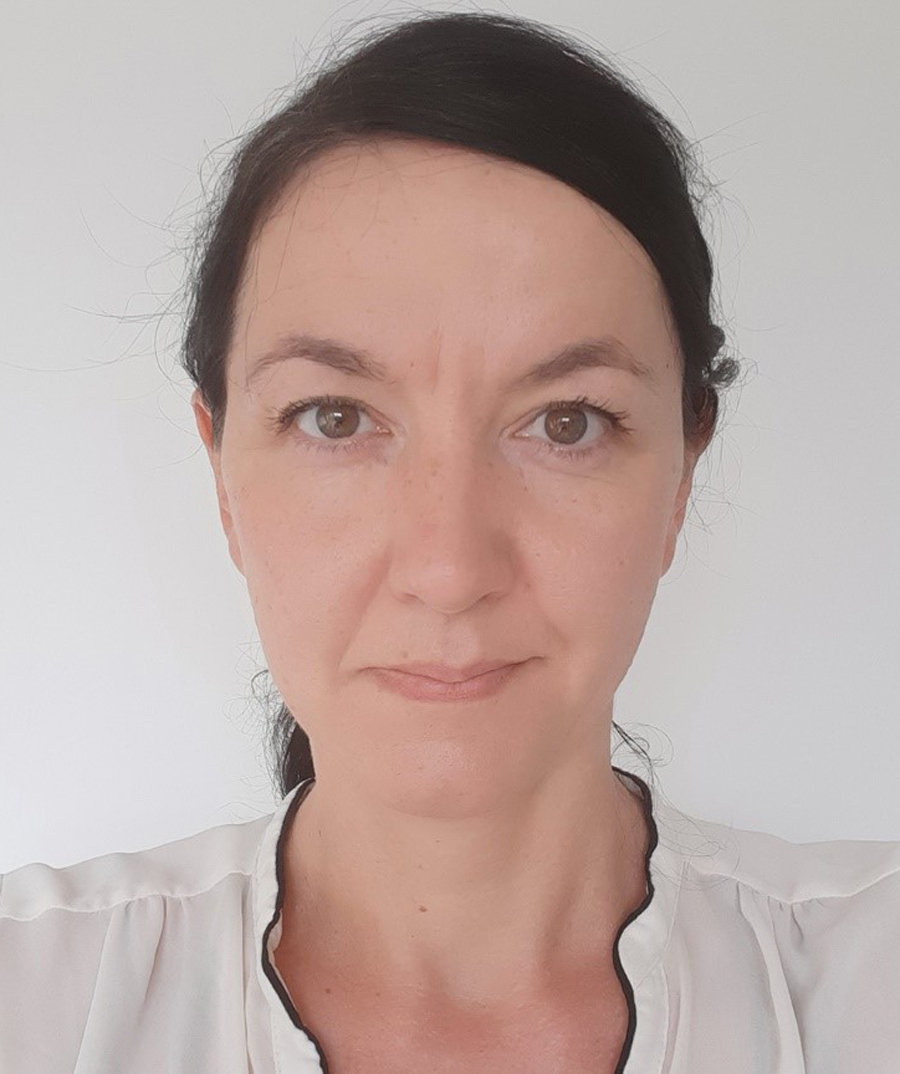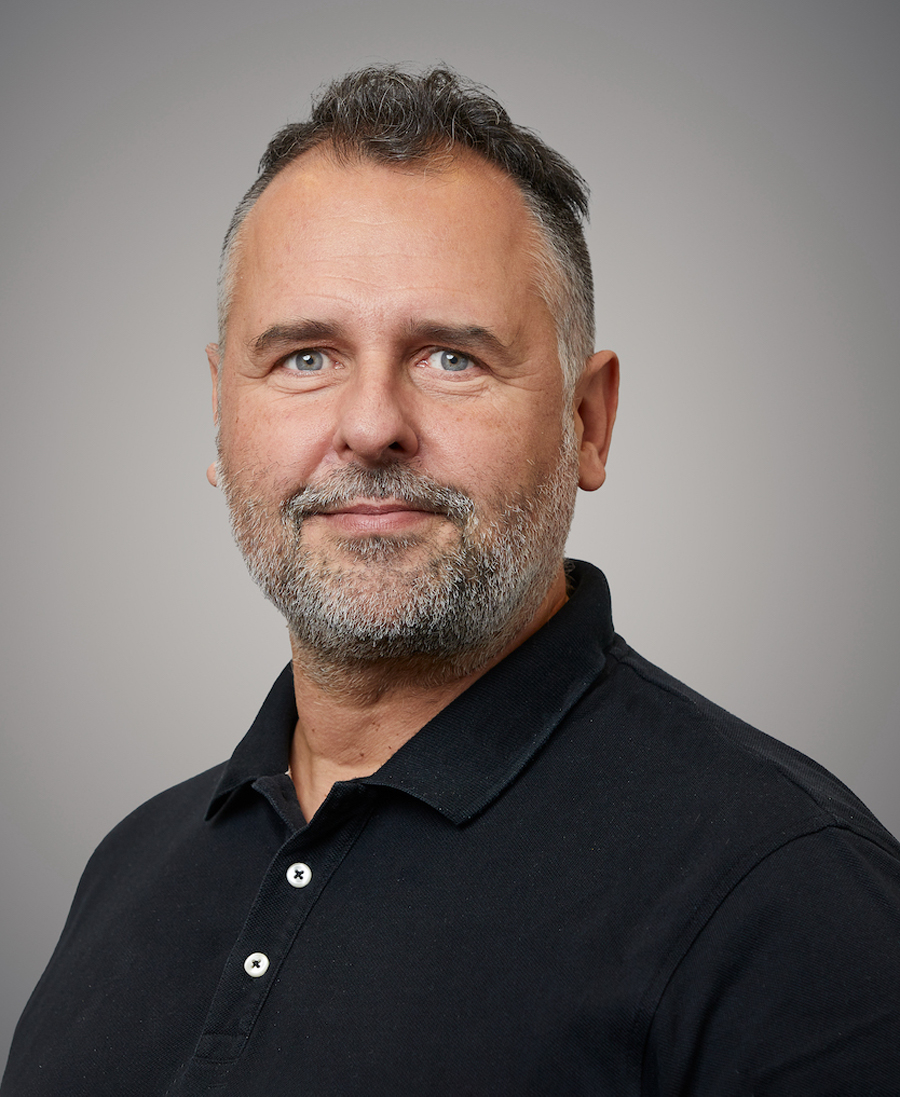PLENARY I
Can space syntax methodology contribute to improved analysis of land values?
Implications for land tax, urban development negotiations and users
Lars Marcus
Chalmers University of Technology
Örjan Sjöberg
Stockholm School of Economics
Abstract
Space syntax has made major contributions to the methodology of description of the cognitive level of urban space. As such it has the potential to inform other disciplines studying cities, such as urban sociology and urban geography but not least urban economics and economic geography. As a background to a methodological exchange, in this session we will briefly give the background to the traditions of description and modelling of urban space in the two disciplines.
Our particular focus is the spatial analysis of urban land, from the point of view of theory and not least practice. Spatial urban form constitutes a spatial capital that enhances other forms or urban capital, such as social, economic and ecological capital. It contributes substantially to land values, which as real estate value constitutes at least two thirds of current global wealth. It therefore seems essential to better understand and measure spatial capital. Space syntax analysis seems to be an unusually useful theory and method to capture the evasive entity of land value.
Given its exceptional part of global wealth, it is surprising that the methodologies for describing urban land as a means to better follow its value flows are so little developed. The core distinction between “land value” and “land improvements”, together making up “real estate” values, is critical. Land value is primarily created on public land through accessibility and definition of location, including by the configuration of street networks. Land improvements on the other hand, are created by developments of private land, primarily through new buildings. Hence, in morphological terms, the first concerns location as defined by centrality and the second density, both possible to analyze in great detail using space syntax methodology.
As a large part of “real estate values” are created though public investment on public land and not only investments by landowners on their own land through buildings, the latter is only the beginning of the complex landscape of externalities that cities constitute. Fundamentally, despite the complex flow of value between both public and private pieces of land, and between different private pieces of land, it is not unproblematic to treat land as discrete commodities. To a major extent, the value of each piece is created by what happens outside the individual piece.
Altogether, space syntax methodology is able to play an essential role in the closer analysis of these flows. First, there is a need to improve description of location in the valuation of land, both in itself and as part of real estate value. This has implications for several economic issues, including land tax. Second, it plays an essential role in deciding power relations in urban development, where a better description of location may create a sounder foundation for urban development negotiations. Third, it has implications for a third category of actors here, namely the users or customers of both public and private land, who in the end are the ones to pay for the use of land, by tax or by rent.
The session will be divided into two presentations as a background for discussion.
Keywords
Land values, spatial capital, externalities, space syntax methodology, urban economics, economic
geography.
Lars Marcus
Chalmers University of Technology
Lars Marcus is an architect and professor in Urban Design at Chalmers University of Technology where he together with Meta Berghauser Pont initiated the research group Spatial Morphology Group (SMoG). He earlier held the same position at the Royal Institute of Technology (KTH), where he initiated a similar group, Spatial Analysis and Design (SAD).
His research concerns how spatial form, as defined by architecture and urban design, supports, structures and sets limits to people’s everyday life and in extension how spatial form conditions vital social, economic and ecological urban processes, such as social integration, local markets and urban ecosystems. More recently he has addressed the issue of location and land values.
Key contribution have been the addition of other variables than centrality to typical space syntax analysis, such as density and differentiation (especially the theory of spatial capacity in relation to the latter); the support of such analysis through what has come to be called place syntax analysis, which integrates any geographic data into space syntax analysis; original steps to include ecosystems in such analysis through distance measures based in the cognition of other species than humans.
He is currently summarizing a lot of this research in a book called Spatial Capital – Measures and Meanings to be published at MIT Press early 2025.
Lars is also founder (2000) and partner (2005-2022) of the consultancy firm Spacescape, performing spatial analysis, design support and policy development in architectural and urban projects for architects, municipalities and real estate companies.
Örjan Sjöberg
Stockholm School of Economics
Örjan Sjöberg, Professor of Economic Geography at the Stockholm School of Economics (SSE), holds a PhD in human geography (Uppsala University, 1991). In parallel, he is Research Director, SIR Center for Sustainability Research, also at SSE. His main areas of research include urban geography, with a primary focus on the socialist and post-socialist cities of the former Soviet bloc, in addition to which migration and sustainability figure prominently. Apart from a number of monographs and edited volumes, the most recent of which is Migration and Integration in a Post-Pandemic World: Socioeconomic Opportunities and Challenges (co-edited with Lin Lerpold and Karl Wennberg; Palgrave Macmillan, 2023), his research has been published in, inter alia, Annals of the Association of American Geographers, Economic Geography, Environment and Planning A, Geoforum, Geografie, International Journal of Urban and Regional Research, Journal of Ethnic and Migration Studies, Journal of Historical Geography, Tijdschrift voor Economische en Sociale Geografie and Urban Studies. His publications also include contributions to edited volumes and area studies journals such as Asian Economic Papers, Europe-Asia Studies, Pacific Review and Post-Soviet Affairs. For more than a decade (2004–2016), Örjan served as Editor and Editor-in-Chief for Geografiska Annaler: Series B, Human Geography.
PLENARY II
The spatial syntax of health: on the dynamic interplay between people, environment, and policy
Laura Vaughan
Bartlett School of Architecture, University College London
Rosie McEachan
Born in Bradford
Abstract
Nikolas Rose and Des Fitzgerald recently wrote of the “dynamic interplay in which human bodies and human environments constrain each other, mark each other, intermingle in an awkward, shuffling embrace” (The Urban Brain, 2022). Their call to consider the organic and biological contingencies of place when undertaking health research is central to this keynote session jointly led by Professor Rosie McEachan, Director of Born in Bradford and applied health academic, and Professor Laura Vaughan, Director of the Space Syntax Lab and academic investigating urban form and society.
It will open with a talk from Laura Vaughan, who will touch upon two key aspects of urbanism in space syntax theory: first, that how where you live shapes your social, economic and health outcomes; and second, how the position of that location within the wider city is of equal importance: being spatially segregated from life beyond your neighbourhood can have just as profound an effect on life outcomes as the circumstances of the street where you live. She will elaborate on the history of mapping health from the early 19th century till today, covering both communicable and non-communicable disease, to show how a specifically socio-spatial approach can enrich research into patterns of disease. Bringing a space syntax lens to health studies, by taking account of the configuration of the built environment, we can start to find ways to make significant contributions to make environments healthier. Mapping of non-communicable disease, for example, obesity, mental ill health and other chronic disease also reveals the important role of the environment – which can either enable healthy lifestyles (for example, providing safe place to socialise and be active) – or hinder health (for example, obesogenic environments).
The talk from Rosie McEachan will highlight the revolutionary approach of the Born in Bradford cohort study, which follows the lives of over 60,000 residents living in a multi-cultural, deprived city in the North of England to find out why some families stay healthy and why others fall ill. Using a City Collaboratory approach, the project works with the local government authority, health, education and voluntary sector providers across Bradford district to develop, implement and evaluate programmes to improve population health. With a focus on environmental determinants of health she will describe how the evidence collected from their ‘people-powered’ research programme led to policy change in the city.
The two speakers will then jointly outline the benefits and challenges of working across disciplines. Starting with the strengths and mutual learning to be found in interdisciplinary research, the presentation will outline the critical differences, such as in concepts, in timing, as well as epistemological differences (and how these can be overcome). Issues of how each discipline meets the demands of producing evidence of what works, when research timescales (and researcher’s own approach to the practice) differs from the policy-maker’s requirement to address an urgent societal/political/economic challenge are one of the matters that will be discussed. Lastly, how academic researchers can make what they do useful, developing relationships with decision-makers for example, will close this part of the session. The final part of the session will be a Q&A discussion with the audience.
Laura Vaughan
Bartlett School of Architecture, University College London
Professor Laura Vaughan is the Director of the Space Syntax Lab – the original home of the discipline of space syntax – at the UCL Bartlett School of Architecture. She has over two decades’ experience leading research into the spatial patterning of poverty, segregation, health, and economic and social exchange in cities, for which she has been instrumental in attracting income of over £15 million from UK and EU sources. Laura has collaborated with experts in history, geography, crime science, public health, psychiatry, psychology, anthropology, transport and planning. In addition to co-leading ActEarly – a research consortium centred on Bradford and Tower Hamlets, London, she is co-investigator on a government-funded Loneliness and Social Isolation in Mental Health network, led by the UCL Division of Psychiatry. Government-related policy activities have informed policy in several UK Government departments, ranging from Health to Transport and Housing, and Communities and Local Government. Laura was shortlisted to be a panel member for the Grenfell Tower public inquiry.
Links: https://orcid.org/0000-0003-0315-2977; blog, https://urbanformation.wordpress.com/, Twitter, @urban_formation.
Rosie McEachan
Born in Bradford
Professor Rosie McEachan is the Director of Born in Bradford, an internationally recognised research programme which aims to find out what keeps families healthy and happy by tracking the lives of over 60,000 Bradford residents. She is an experienced applied health researcher with particular interests in cohort studies, environmental determinants of health, green space, air quality, co-production and the development and evaluation of complex preventive health interventions. Her research focuses on the translation of evidence into practice and she has attracted income of over £16 million as Principal Investigator, and over £67 million as co-applicant. Rosie holds a visiting professor position at University College London and an honorary chair position at the University of Bradford. She is a proud (Scottish) Bradfordian @drrosiemc
PLENARY III
Building bridges: the value of research-based practice
Yolande Barnes
Tim Stonor
Keynote 1
Form follows finance
Yolanda Barnes
Keynote 2
Space syntax: on site & in the mix
Tim Stonor
In this talk, Tim Stonor will reflect on 30 years’ experience in applying the space syntax approach in architectural and urban practice. He will describe a number of links between:
– academia and industry
– art and science
– theories and technologies
and will discuss the two-way flows between these seemingly different poles.
The session will be divided into two presentations as a background for discussion.
Yolande Barns
Yolande Barnes joined Space Syntax as a Non-executive Director in 2018. Yolande has studied and commented on UK real estate markets for over 30 years and on world cities and global real estate trends for the last 11 years. Yolande’s particular specialities in the past have been residential markets, regeneration, land, urbanism and mixed use neighbourhoods.
Tim Stonor
Tim Stonor is an architect and urban planner specialising in the analysis and design of human behaviour patterns – the ways in which people move, interact and transact in buildings and urban places. He is recognised internationally for his work in the development of data-driven design techniques, and their use in urban planning and architectural design projects from city masterplans to individual building interiors.
Tim is the Managing Director of Space Syntax Limited, the urban planning and design company – originally created at the Bartlett, University College London in 1989 – with a mission to develop, apply and disseminate a science-based and human-focused approach to architectural design.
He is a founding member and former director of The Academy of Urbanism, a Visiting Professor at The Bartlett School of Architecture, University College London, and a Harvard Loeb Fellow. He is also a member of the Advisory Board of the Norman Foster Foundation and a former Deputy Chair and Trustee at the UK Design Council, where he is now an Ambassador.
PLENARY IV
Architecture meets Sociology – re-imagining users from two disciplinary perspectives
Kerstin Sailer
The Bartlett School of Architecture, UCL
Dr Daryl Martin
The University of York
Keynote 1
Learning from Sociology: Diversifying what we mean by space usage behaviours in space syntax
Prof Kerstin Sailer, The Bartlett School of Architecture, UCL
Space syntax aims at explaining how spatial structures lead to a patterning of behaviours and social outcomes. Some of its major theoretical breakthroughs, for example the understanding that movement flows correspond to spatial configuration is based on aggregated patterns of use, collected by methods of observation. This picture of collective use has spawned a whole range of relevant and important research insights, however, can be critiqued for being agnostic towards social differences between users. It could be argued that the same spatial structures offer different opportunities for use depending on user characteristics.
In this keynote I will argue that as a community we have a lot to learn from sociology, where the principle of social stratification, i.e., the classification of people into groups (by socioeconomic status, class, race, gender, age, religion, sexuality and so on) as well as the resulting hierarchies and inequalities are foundational to the discipline and bring forth elaborate and detailed insights into human nature. I will present several examples from my past and ongoing research into space usage behaviours in buildings highlighting how we can study diverse usage patterns in different ways, leading to a more nuanced understanding of the role that layouts play for users.
Keynote 2
Sociologists learning from Architects: The somatic politics of the end-user
Dr Daryl Martin, The University of York
In this keynote, I will respond to Kerstin Sailer’s argument that space syntax engages with traditions of sociological thought, so as to better understand space usage behaviours. I will draw on insights from sociological thinking that can help us to complicate generic notions of the ‘end-user’ within architectural discourses, and in so doing reinvigorate aspirations for an architectural practice which remains open-minded to how future spaces may be touched, felt and inhabited in everyday ways by those who may use them.
Specifically, I will draw on examples from my previous research on the design of buildings for health, care, and wellbeing. I do so in order to illuminate how architecture can sometimes constitute a form of ‘body work’, as designers imagine the multiplicity of bodies that will use their buildings. At their best, architects can work with sociologically attuned understandings of users’ bodies in all their corporeal diversity and emotional complexity, in order to produce designs that are sensitive to understandings of architecture as a temporal, as well as a spatial, craft.
Prof Kerstin Sailer
The Bartlett School of Architecture, UCL
Kerstin Sailer is Professor in the Sociology of Architecture at the Bartlett School of Architecture, UCL. An architect by training and a sociologist at heart, she has studied aspects of human behaviour and space usage throughout her career. Her research combines processes and practices of work, play and restoration with the architectural layout of buildings such as offices, hospitals, care spaces and schools.
Dr Daryl Martin
The University of York
Daryl Martin is Senior Lecturer in Sociology at the University of York, where he also co-directs the Centre for Urban Research (CURB). His current research interests are focused on the intersection of architecture, embodiment and health, and he has previously published on the topics of urban ruination, exurban spaces, and contemporary mobilities.
PLENARY V
Directions of Space Syntax
Alice Vialard
University of Sydney
Jorge Gil
Chalmers University of Technology
Miguel Serra
Alice Vialard
University of Sydney
Title:
Intelligibilities of urban forms
Abstract:
The measure of axial intelligibility formulated by Hillier et al. (1987) contributed to a better understanding of the impact of urban layout on wayfinding and navigation. Its transferability to the street segment representation has proved challenging, highlighting to some extent the different development logics and complexities arising from urban environments depending on whether they are planned, incremental, or informal. Building on this work and more recent research, this talk explores further the nature of exploration in relatively simple and complex environments that arise from their development process. It revisits and discusses the notion of ‘intelligibilities’ to reflect the diversity of experiences when navigating various urban environments.
Biography:
Alice Vialard (PhD) is a senior lecturer at the University of Sydney in the School of Architecture, Design and Planning. Her main research builds upon her thesis “A typology of block-face” (Georgia Tech, 2013) which sits at the intersection of the field of Space Syntax and Urban Morphology, using quantitative analysis. Her interest lies in the relationship between building and urban scales, and how the interface between the two is mediated and expressed in the frontage. Her recent work has been looking at the cognitive mechanisms that underlie the process of exploration and decision-making when navigating urban environments through drawing tasks. In partnership with a medical device company, she is currently working on a project that examines the motor aspect of decision-making during the navigation process for people with dementia, looking at the quantification of neuromotor impairments. Before joining the University of Sydney, Alice studied and taught in institutions in France, USA, UAE and UK, which brings a multicultural approach to her research.
Jorge Gil
Chalmers University of Technology
Title:
Advancing space syntax knowledge through open workflows and open data
Summary:
Open science aspires to contribute with transparency, inclusivity, reproducibility and collaboration to research quality and the advancement of knowledge. The space syntax community has historically engaged in open-access publication, open training material and open-source software, with benefits to the wider dissemination and application of its theories and methods. I will be focusing on two additional aspects: open workflows in research design and methodology; and open (empirical) data with which to test hypotheses and validate spatial models. A successful adoption of such practices has the potential to stimulate new cycles of research and innovation within the space syntax community.
Biography:
Jorge Gil is Associate Professor in Urban Analytics and Informatics, and Head of the Division of Urban Design and Planning, at the Department of Architecture and Civil Engineering, Chalmers University of Technology, Sweden.
Jorge’s primary research focus is on the conceptualisation and development of integrated urban models from big data sources for urban planning research and decision support for practice, in the context of City Information Modelling (CIM) and Urban Digital Twins. He develops GIS and geo-database solutions, including data fusion, spatial analysis, network analysis, machine learning and visualisation methods for studying multi-modal mobility and accessibility, urban logistics, urban morphology, social segregation, energy transition, urban metabolism, among other urban challenges.
Jorge was Associate for R&D at Space Syntax Ltd (2004-2009), being the main developer of the Confeego toolkit for MapInfo, and the Space Syntax Toolkit for QGIS. He holds a PhD in Urbanism (2016) from the TU Delft, and a MSc in Virtual Environments (2000) from UCL.
Miguel Serra
Research Centre for Territory, Transports and Environment – University of Porto
Title:
Epistemic Divagations on Space Syntax
Summary:
In the murky waters of architectural theory, where opinion and knowledge are often conflated, space syntax stands out for its uncommon scientific ethos. However, an uncommitted epistemological outlook of the theory is still missing. What is it that makes space syntax so different from other architectural theories? Which concepts lie at its core and which are its foundational beliefs? Are those beliefs justified? Are the central concepts testable? Does the theory make implicit or explicit predictions, which may be falsified? Can we devise convincing experiments, capable of confirming (or refuting) such predictions?
Questions like these may seem rhetorical, at least for seasoned space syntax practitioners. Still, they directly address the epistemological validity of the field and need to be posed, if only to assure the solidity of its conceptual footings and the rebuttal of its critics. In this talk I would like to start the sketch of an epistemology of space syntax theory. Without any intention of being conclusive, or even comprehensive, I will try to address the above questions in the hope of sparking such debate.
Biography:
Miguel Serra is a researcher at CITTA-UP (Research Centre for Territory, Transports and Environment – University of Porto). His work focuses on quantitative analysis and descriptions of urban form, using GIS and pattern recognition techniques. Miguel holds a degree in Architecture (1999), a MSc in Urban Planning and Design (2008) and a PhD in Civil Engineering –Territorial Planning (2014), all from University of Porto (UP). From 2013 to 2016 he was Research Associate at the Space Syntax Laboratory, Bartlett School of Architecture (University College London).

